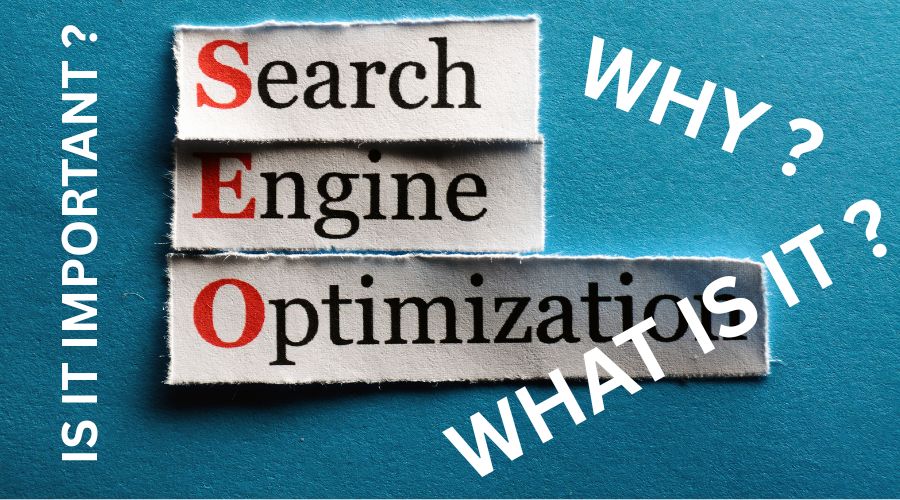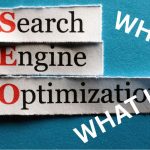Introduction
Search Engine Optimization (SEO) is no longer about gaming Google — it’s about understanding it. As Google’s algorithms evolve through AI and machine learning, SEO has shifted from mechanical keyword tactics to a strategy built around relevance, experience, and trust.
In this article, we’ll unpack how SEO truly works in 2025, what Google’s latest algorithms prioritize, and how you can align your website with these evolving rules to achieve sustainable rankings.
1. What SEO Means in 2025
At its core, SEO is the art and science of optimizing your website so it ranks higher on search engines for the right queries. But in 2025, optimization goes far beyond title tags and backlinks — it’s about delivering real value through content, performance, and credibility.
Modern SEO can be divided into three interdependent pillars:
a) Technical SEO
Technical SEO ensures that Google’s crawlers can easily find, understand, and index your website. This includes page speed, mobile-first design, crawlability, and structured data (schema).
Page speed and Core Web Vitals such as Largest Contentful Paint (LCP) and Cumulative Layout Shift (CLS) remain vital. Over 60% of global searches now come from mobile, so responsive design isn’t optional. XML sitemaps, canonical tags, and robots.txt help guide Googlebot efficiently, while structured data helps search engines understand entities like products, reviews, or FAQs, improving your chances of rich snippets.
Example: A local business that adds schema for reviews and location often sees a 10–20% increase in click-through rate from search results because of enhanced snippets.
b) On-Page SEO
This is where content quality and keyword strategy meet. In 2025, keyword density means little; keyword intent means everything.
Best practices include using primary keywords naturally within headings and introductions, including semantic variations and related topics to strengthen context, creating comprehensive content that answers multiple search intents (informational, navigational, transactional), and maintaining a clear site hierarchy with headings, bullet lists, and short paragraphs.
Pro tip: Use Google’s “People Also Ask” and “Related Searches” to identify missing subtopics your article can cover for added depth.
c) Off-Page SEO
Off-page SEO builds your website’s reputation beyond its own pages. In Google’s eyes, trust comes from how other credible websites view you.
Effective off-page strategies include earning backlinks from reputable, relevant sites, guest posting on industry-related blogs, gaining digital PR mentions (even unlinked ones), and engaging socially to reinforce brand credibility.
2. Google’s Latest Algorithm Systems Explained
Google uses a network of ranking systems, not a single algorithm, to evaluate sites. Here are the most influential ones shaping SEO in 2025:
1. Helpful Content System
Google prioritizes people-first content — articles written to genuinely help users, not to manipulate search rankings. Content that feels repetitive, overly optimized, or written primarily for keywords can trigger ranking demotions.
Focus on solving real user problems, avoid AI-generated fluff without insight, and demonstrate firsthand experience such as case studies or personal knowledge.
2. EEAT (Experience, Expertise, Authoritativeness, Trustworthiness)
EEAT heavily influences how content is evaluated.
To boost EEAT, show experience by sharing real-world insights or examples, demonstrate expertise with subject-matter authors or reviewers, earn authoritativeness through backlinks and citations, and build trust with HTTPS, bios, and transparent business info.
Example: A health website written by a certified nutritionist with cited medical sources will outperform generic AI-generated health blogs.
3. Core Web Vitals
Introduced in 2021 and refined continuously, Core Web Vitals remain essential to rankings and user experience. Metrics include LCP (Largest Contentful Paint), FID (First Input Delay), and CLS (Cumulative Layout Shift). Even a one-second improvement in page speed can increase conversions by up to 7%.
4. Search Generative Experience (SGE)
Google’s AI-powered SGE is changing the way people find and interact with information. It provides AI-generated answers at the top of search results, pulling data from multiple sources.
To adapt, use structured data and concise formatting so your content can feed SGE snippets, answer key questions clearly near the top of your articles, and focus on original insights — SGE prioritizes unique value, not reworded summaries.
3. How Google Understands and Ranks Content
Google uses natural language processing (NLP) and machine learning models like BERT, MUM, and RankBrain to interpret meaning, context, and intent. It no longer just counts keywords; it analyzes semantic relationships — how ideas connect.
Example: If your article is about “how SEO works,” Google expects to see related concepts like crawling, indexing, algorithms, backlinks, content optimization, and user intent. Covering these builds topical authority.
User signals also play a key role: click-through rate, dwell time, and bounce rate help Google determine if your page satisfies user intent.
4. Building a Modern SEO Strategy
Now that we understand the mechanics, here’s how to build a strategy that aligns with Google’s expectations in 2025.
Step 1: Conduct Smart Keyword Research
Use tools like Google Keyword Planner, Ahrefs, or SEMrush to find relevant terms, but focus on intent. Group keywords by purpose — informational, navigational, or transactional.
Step 2: Create Pillar + Cluster Content
Develop pillar pages (comprehensive guides like this one) supported by cluster posts (related subtopics). This structure signals to Google that your site is an authority on the topic.
Example cluster:
- Pillar: How SEO Works in 2025
- Cluster: Technical SEO Checklist, EEAT Explained, Optimizing for Core Web Vitals, SGE and AI Search.
Step 3: Optimize for Performance
Compress images using WebP format, implement lazy loading, use a CDN, and check Core Web Vitals in Google Search Console regularly.
Step 4: Build Authority
Reach out for guest posting on relevant industry sites, get listed on Google Business Profile if you’re local, and encourage reviews and backlinks from reputable partners.
Step 5: Measure, Adapt, and Improve
SEO is continuous. Track performance using Google Search Console for impressions and clicks, Google Analytics 4 for engagement and conversions, and PageSpeed Insights for performance improvements.
5. The Future of SEO: AI, Personalization, and Authenticity
The future of SEO will be defined by AI-driven personalization and real-world credibility.
As Google integrates more AI summaries, your content must be original and experiential (firsthand data and real stories), visually rich (charts, videos, infographics), and consistent across platforms (website, YouTube, LinkedIn).
SEO in 2025 isn’t just about ranking — it’s about building a brand Google trusts. When users engage, share, and stay longer, those behaviors reinforce your authority, pushing your pages even higher in the results.
Conclusion
SEO has matured into a balance between technical precision and human connection. Google’s algorithms now reward authenticity, expertise, and usability more than any checklist of ranking factors.
If you focus on creating genuinely helpful content, optimizing user experience, and demonstrating authority in your niche, you won’t have to chase the next algorithm — the next algorithm will reward you naturally.












